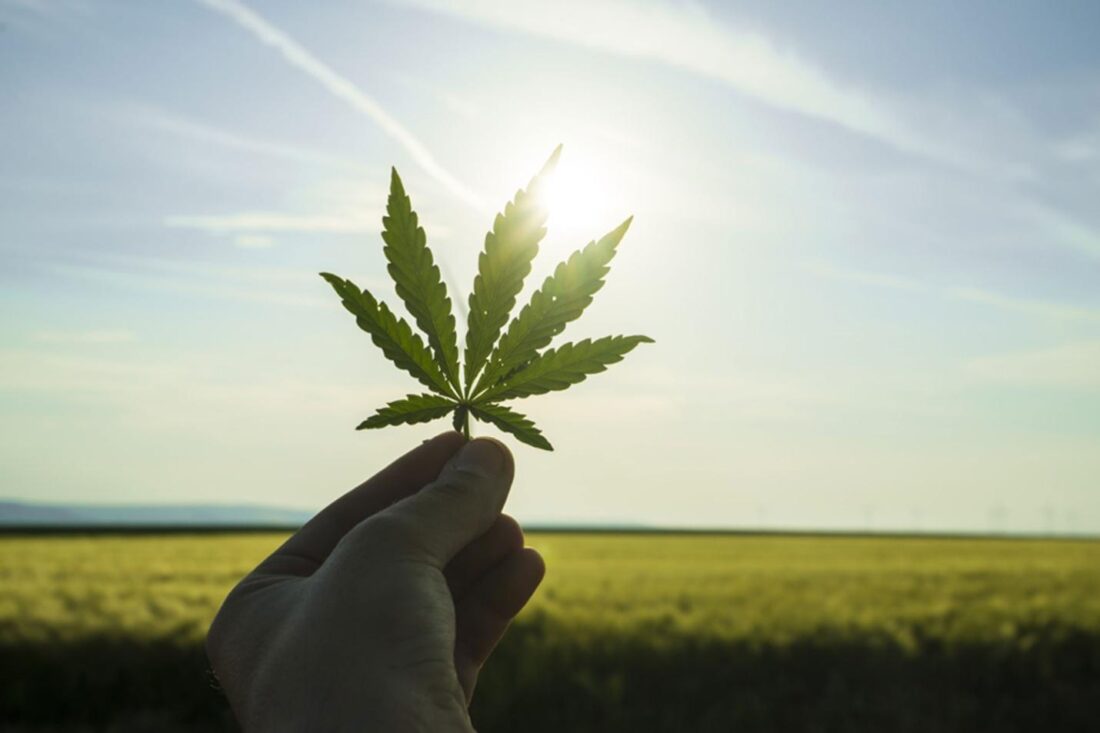Germinating marijuana seeds is the first and most crucial step in cultivating healthy cannabis plants. Successful germination sets the foundation for a bountiful harvest. While it might seem daunting, the process can be straightforward with the right knowledge and techniques. Here’s a detailed guide on how to successfully germinate marijuana seeds with tips and tricks to ensure optimal results.

Understanding Germination
What is Germination?
Germination is the process by which a seed develops into a new plant. For marijuana seeds, this involves the seed absorbing water, swelling, and eventually sprouting a root. This root will then grow downward to anchor the plant, while the stem and leaves begin to grow upward.
Importance of Germination
Successful germination is vital because it determines the health and vigor of the cannabis plant. A properly germinated seed will develop strong roots and a robust stem, essential for supporting the plant’s growth and maximizing yield.
Preparing for Germination
Choosing Quality Seeds
The first step in successful germination is selecting high-quality seeds. Look for seeds that are dark brown with a hard, smooth surface. Avoid seeds that are white, green, or have a cracked shell, as these are less likely to germinate successfully. For more information on marijuana seeds, visit The Sacramento Bee to know about marijuana seeds.
Understanding Seed Types
There are different types of marijuana seeds: regular, feminized, and autoflowering. Each has its unique characteristics. Regular seeds can produce male or female plants, feminized seeds are bred to produce only female plants, and autoflowering seeds automatically switch from the vegetative stage to the flowering stage based on age.
Germination Methods
The Paper Towel Method
One of the most popular and effective germination methods is the paper towel method.
- Materials Needed: Paper towels, plates, water, and seeds.
- Steps:
- Moisten two paper towels with distilled water.
- Place the seeds between the two damp paper towels.
- Place the paper towels on a plate and cover with another plate to create a dark, moist environment.
- Keep the paper towels consistently moist but not soaking wet.
- Check the seeds daily and ensure they remain moist.
The Soil Method
Another common method is germinating seeds directly in the soil.
- Materials Needed: Small pots, seedling soil mix, water, and seeds.
- Steps:
- Fill small pots with seedling soil mix.
- Make a small hole about 0.25 inches deep in the soil.
- Place the seed in the hole and cover it lightly with soil.
- Moisten the soil with distilled water.
- Keep the soil consistently moist but not waterlogged.
- Place the pots in a warm, dark place until the seeds sprout.
The Water Method
The water method involves soaking seeds in water until they germinate.
- Materials Needed: A glass of distilled water and seeds.
- Steps:
- Fill a glass with distilled water at room temperature.
- Place the seeds in the water and let them soak.
- Keep the glass in a dark, warm place.
- After 24-48 hours, seeds should start to sprout.
- Once the seeds sprout, transfer them to soil or another growing medium.
Tips for Successful Germination
Temperature and Humidity
Maintaining the right temperature and humidity is crucial for germination. The ideal temperature range is between 70-85°F (21-29°C). Humidity should be kept high, around 70-90%, to prevent the seeds from drying out.
Lighting
During germination, seeds do not need light. However, once the seeds sprout and develop their first leaves, they will need light to grow. Using fluorescent lights or LED grow lights can provide the necessary illumination without generating too much heat.
Handling Seeds
Handle seeds with care to avoid damaging them. Use clean hands or tweezers when placing seeds in the germination medium. Avoid touching the sprouted root, as it is delicate and can easily be damaged.
Water Quality
Use distilled or filtered water to avoid contaminants that could harm the seeds. Tap water often contains chlorine and other chemicals that can be detrimental to seed germination.
Patience
Germination can take anywhere from 24 hours to a week, depending on the seed and conditions. Be patient and avoid disturbing the seeds too frequently. Allow them the time they need to sprout and develop roots.
Troubleshooting Common Issues
Seeds Not Germinating
If seeds fail to germinate, it could be due to several factors:
- Poor seed quality: Ensure you are using high-quality seeds.
- Incorrect moisture levels: Seeds need consistent moisture but should not be waterlogged.
- Inappropriate temperature: Ensure the environment is warm enough to promote germination.
Mold or Mildew
Mold or mildew can develop if the environment is too humid. Ensure there is proper airflow and avoid overwatering. If mold appears, remove affected seeds and start again with fresh materials.
Slow Germination
If germination is slow, it might be due to low temperatures or old seeds. Try increasing the temperature slightly and be patient. Some seeds naturally take longer to germinate.
Conclusion
Germinating marijuana seeds successfully is the first step towards cultivating a healthy cannabis crop. By understanding the process, choosing quality seeds, and maintaining optimal conditions, you can ensure a high germination rate. Whether you use the paper towel method, soil method, or water method, these tips and tricks will help you achieve successful germination and set the stage for a bountiful harvest.



